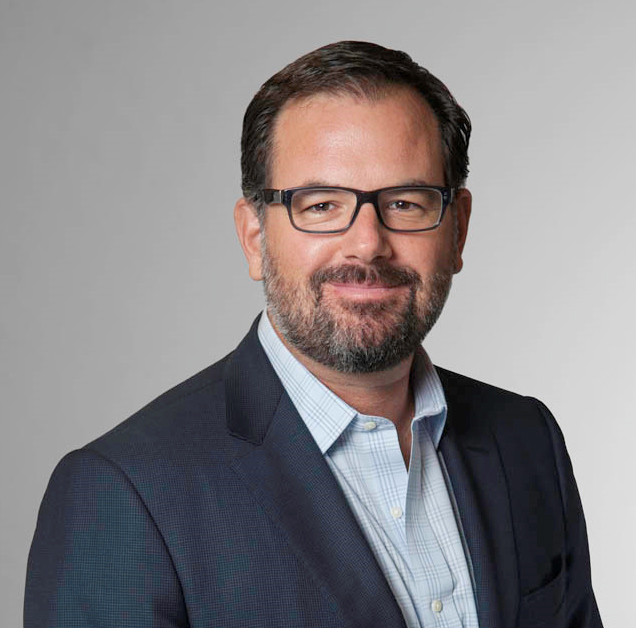COVID-19 forced an overnight shift to remote work for most Americans, bringing the office home and challenging CEOs and HR leaders to come up with new methods of managing and engaging employees that can now work from almost anywhere.
I recently sat down with four of Sequoia’s innovative people-driven clients, including two premier consulting service firms, to discuss some of the biggest challenges and strategies in the webinar, Managing a Distributed Workforce. Our speakers included:
- Charlie Gray, president and founder, Gray Scalable
- Lindsay Grenawalt, chief people officer, Cockroach Labs
- Cory Black, director, global people, partners & programs, Branch
- LeeAnn Renninger, co-founder and co-CEO, LifeLabs Learning
Here are the tips these leaders and our online audience shared for navigating some of the most critical issues in this new environment.
Managing salaries for employees that relocate
Most companies had no experience managing remote work on this scale before the pandemic and therefore had to create a new playbook for handling this transition as they went along. What has made this even more difficult, says Charlie Gray, president of recruiting and HR consulting firm Gray Scalable, is the ambiguity over how long the situation will last, and how much will become permanent.
Now many employees are asking to relocate permanently from their small homes and apartments in pricier areas such as the Bay Area and New York to more expansive digs in lower-cost areas across the U.S., or even locations in other parts of the world
Here’s how our panelists suggest handling these requests:
- Evaluate whether or not team members need to be in the office, the company’s cost of doing business in the areas that employees wanted to move, and whether or not employees were authorized to work there.
- The ability to deliver on benefits is also key. Black gave employees a list of states in which the company would be able to approve a relocation. Any moves outside those areas would involve a much longer conversation.
- Companies might consider taking on additional costs if it appeared that there were some strategic advantages to an employee move outside areas it is authorized to do business, such as when Cockroach Labs approved a relocation to Australia, because of the benefits associated with having a team member’s presence there.
“We are still approaching this as a business while trying to stay human at the same time,” said Lindsay Grenawalt, chief people officer of Cockroach Labs, which provides software for commercial database management.
With these moves, companies are also forced to deal with the issue of salary adjustment. While some smaller companies might choose not to bring salaries in line with the geographic areas to which employees move, most others will, Gray said, at least once the move becomes permanent.
“It’s not unfair if you move from San Francisco to Denver and take a pay cut,” Gray said. “If it was reversed, and someone was moving from Denver to San Francisco, they would expect an increase in pay.”
- So-called cost-of-living adjustments typically don’t mirror the cost of living, but rather the far less dramatic difference in market salaries. Communicating early in the conversation about the potential for a salary change and how it would be determined will help HR leaders more successfully manage this change when instituted.
- One audience member suggested drafting a national average salary plan, with markups for more expensive areas such as San Francisco, New York, Denver, and Portland.
Recruiting and hiring employees remotely
Recruiting online is nothing new, but during this period of remote work, the entire interview and hiring process has been pushed to Zoom. In some ways the shift to remote hiring has been a blessing, Gray said, as remote hiring has opened up new geographic areas, and opportunities for a more diverse workforce.
But it’s also made it more difficult to give prospective employees exposure to the company’s culture and teams, Grenawalt said. While the company has always been transparent about what to expect both from the hiring process and the company’s everyday culture, it also encourages interviewees to have virtual coffee talks with other members of the team as part of the interview process so they can ask questions and make a more informed decision. Other takeaways:
- Develop a set of hiring standards that are fair, inclusive, and efficient at predicting the best employees, suggests Renninger. It has been key for her remote-first training company LifeLabs Learning. “The shift for us [with remote work],” she said, “is really recruiting for adaptability and adaptability skills,”
- And for those conducting interviews, Renninger recommends recording the process. It not only ensures that you are giving the same experience to all candidates, it also allows others on the team to see the recording and provide their input on candidates
Successfully onboarding and managing teams
Just as important as hiring, is the onboarding and management of employees dealing with a much different, and often challenging, new work environment.
Without water cooler discussions or interactions in communal office areas, companies are having to come up with other activities and policies to connect people and instill a sense of culture.
“We do miss a lot of those opportunities that used to happen organically,” Gray said.
- To generate more collaboration, our panelists recommended Donut, a software program that randomly pairs people from across teams for coffee chats and peer learning.
- Scheduling five minutes for casual catch-up at the end of each meeting to help generate more communication among teams has proved useful at Gray Scalable.
- Assigning mentors to new employees has given these team members a safe way to ask questions without having to turn to a manager, Grenawalt said. It’s also important for these assigned buddies to check in periodically, Black said, to make sure new hires are getting the support they need.
- Building in moments and activities that highlight new team members and allow them to be better “seen” is just as important as giving them a sense of belonging, Renninger said. Great managers understand the innate human need to stand out, a concept called “optimal distinctiveness”.
The important benefits to consider right now
The isolation of remote work, and additional demands posed by employees juggling work and at-home school for their kids, has driven an unprecedented need for mental health benefits, and offerings to help employees better adapt to remote work.
“Mental wellness is something we’re really concerned about with our employees right now,” Grenawalt said.
Managers should not be put in the position of acting as therapists, she said. Instead our panelists said they should be given the tools and resources they can share with employees to help them better cope.
Here are some of their tips for helping employees adapt and prevent burnout:
- Consider adding a mental health tool to your benefits offering.
- Institute no meeting days or company-wide days off can go a long way in preventing burnout.
- Give employees a budget to improve their home office.
- Provide training opportunities to create a sense of growth and career progress.
You can find a copy of the Managing a Distributed Workforce report and more tips and strategies on our resources page at Sequoia.com. To view the webinar recording, visit our events page and scroll down to Past Events.
Disclaimer: This content is intended for informational purposes only and should not be construed as legal, medical or tax advice. It provides general information and is not intended to encompass all compliance and legal obligations that may be applicable. This information and any questions as to your specific circumstances should be reviewed with your respective legal counsel and/or tax advisor as we do not provide legal or tax advice. Please note that this information may be subject to change based on legislative changes. © 2020 Sequoia Benefits & Insurance Services, LLC. All Rights Reserved




